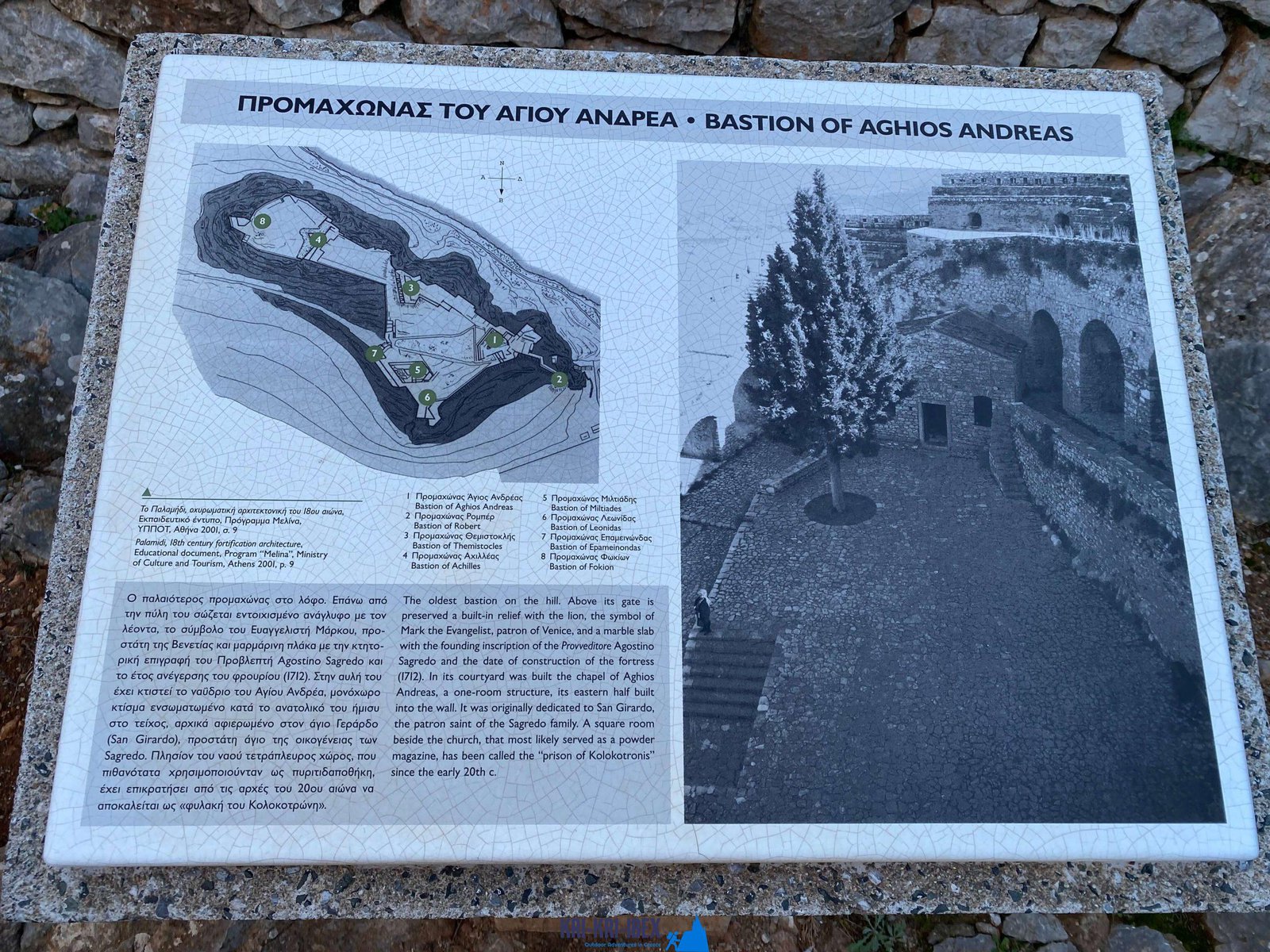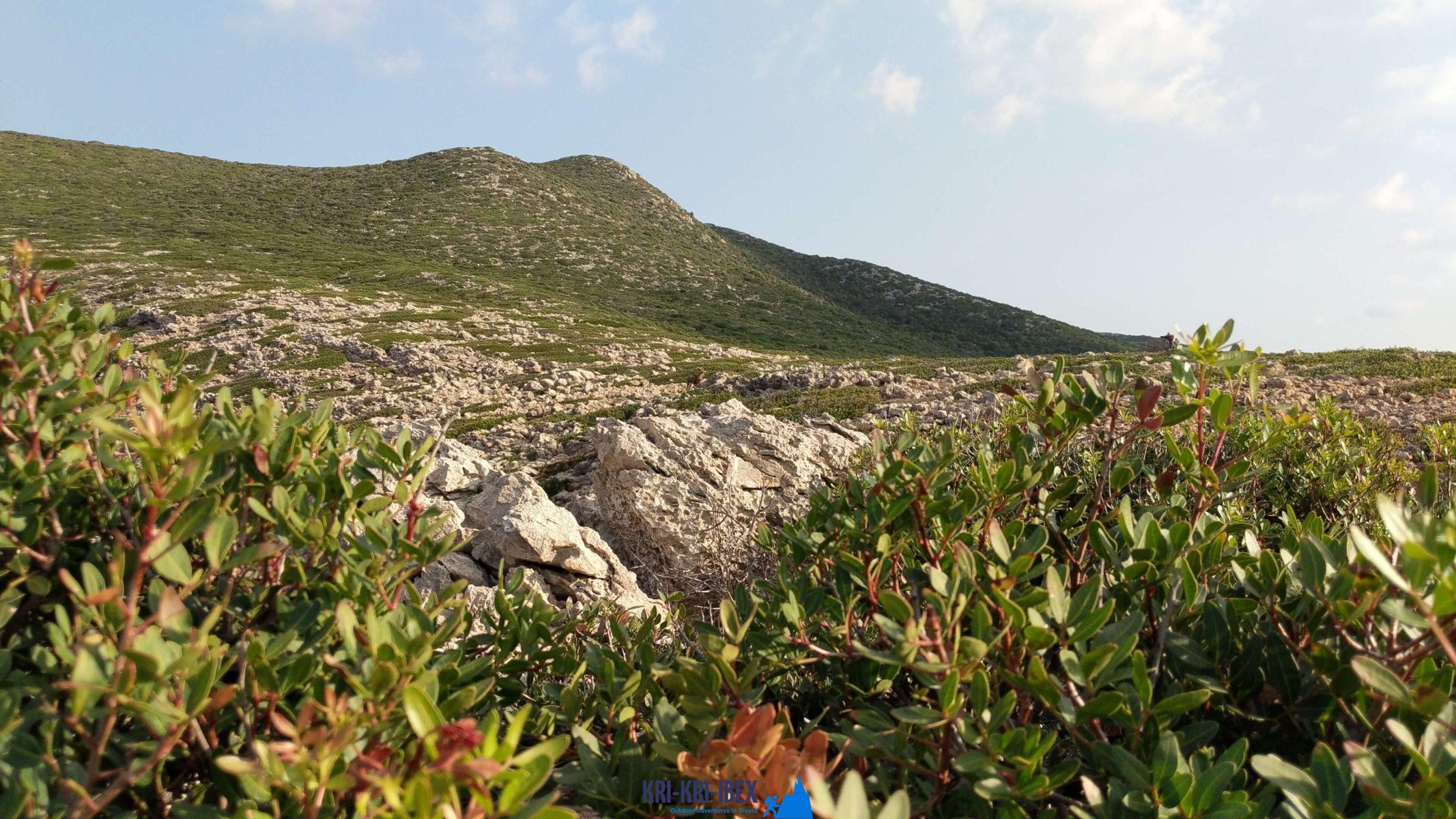Discover the hidden gems of Sapientza island, Greece. Golden Kri Kri ibex.
Discover the hidden gems of Sapientza island, Greece. Golden Kri Kri ibex.
Blog Article

Hunting for Kri Kri ibex in Greece is an interesting hunting and also an incredible vacation exploration all rolled right into one. For the majority of seekers, ibex hunting is a hard undertaking with miserable problems, however not in this case! During 5 days of touring ancient Greece, diving to shipwrecks, and spearing, you'll come across stunning Kri Kri ibex on an unique island. What else could you want?

This Ibex is NOT a small type of the Bezoar Ibex, which has migrated right into the western-most reach of the variety of this types. The kri-kri (Capra aegagrus cretica), likewise called the Cretan goat, Agrimi, or Cretan Ibex, is a native goat varieties living in the eastern Mediterranean, which was when believed to be a subspecies of wild goat. This kri-kri is a feral goat with a light brown layer with a dark collar. They have 2 sweeping horns on their heads. During the day, they rest as well as stay clear of visitors, avoiding tourists. The kri-kri can leap a long way or scale seemingly vertical high cliffs.
What to Expect on a Peloponnese Tour? When you book among our hunting and also visiting Peloponnese Tours from Methoni, you can expect to be surprised by the natural appeal of the area. From the immaculate beaches to the mountains and also woodlands, there is something for everyone to appreciate in the Peloponnese. Furthermore, you will certainly have the chance to taste several of the most effective food that Greece needs to offer. Greek food is renowned for being delicious as well as fresh, and also you will absolutely not be disappointed. Among the best components concerning our trips is that they are developed to be both enjoyable and also instructional. You will certainly discover Greek history and society while also reaching experience it firsthand. This is an amazing opportunity to immerse yourself in everything that Greece needs to provide.
If you're seeking an authentic Greek experience, then look no more than our outdoor hunting in Greece with fishing, as well as complimentary diving excursions of Peloponnese. This is an unforgettable way to see every little thing that this incredible region has to supply. Reserve your tour today!
What is the diference between Kri Kri ibex, Bezoar ibex and hybrid ibex
The kri-kri is not thought to be indigenous to Crete, most likely having been imported to the island during the time of the Minoan civilization. Nevertheless, it is found nowhere else and is therefore endemic to Crete. It was common throughout the Aegean but the peaks of the 8,000 ft (2,400 m) White Mountains of Western Crete are their last strongholds–particularly a series of almost vertical 3,000 ft (900 m) cliffs called ‘the Untrodden’—at the head of the Samaria Gorge. This mountain range, which hosts another 14 endemic animal species, is protected as a UNESCO Biosphere Reserve. In total, their range extends to the White Mountains, the Samaria National Forest and the islets of Dia, Thodorou, and Agii Pandes.
This Ibex is NOT a diminutive form of the Bezoar Ibex, which has migrated into the western-most reach of the range of this species. The kri – kri (Capra aegagrus cretica), sometimes called the Cretan goat, Agrimi, or Cretan Ibex, is a feral goat inhabiting the Eastern Mediterranean, previously considered a subspecies of wild goat. The kri-kri has a light brownish coat with a darker band around its neck. It has two horns that sweep back from the head. In the wild they are shy and avoid tourists, resting during the day. The animal can leap some distance or climb seemingly sheer cliffs.
“The agrimi goat Capra aegagrus cretica is unique to Crete and its offshore islands. It has been identi®ed as a sub-species of the wild bezoar goat Capra aegagrus aegagrus Erxleben, 1777, which it closely resembles in horn shape, body form and coloration. This classi®cation has been disputed by some researchers who claim that the agrimi are feral goats, derived from early domestic stock brought to the island by the ®rst Neolithic settlers. In order to clarify this issue, DNA analyses (cytochrome b and D loop sequences) were carried out on tissue of live and skeletonized agrimi and compared to sequences of wild and domestic caprines. Results conclusively show the agrimi to be a feral animal, that clades with domestic goats (Capra hircus) rather than with wild Asiatic bezoar. This study demonstrates that morphometric criteria do not necessarily re¯ect genetic af®nities, and that the taxonomic classi®cation of agrimi should be revised.”
Report this page